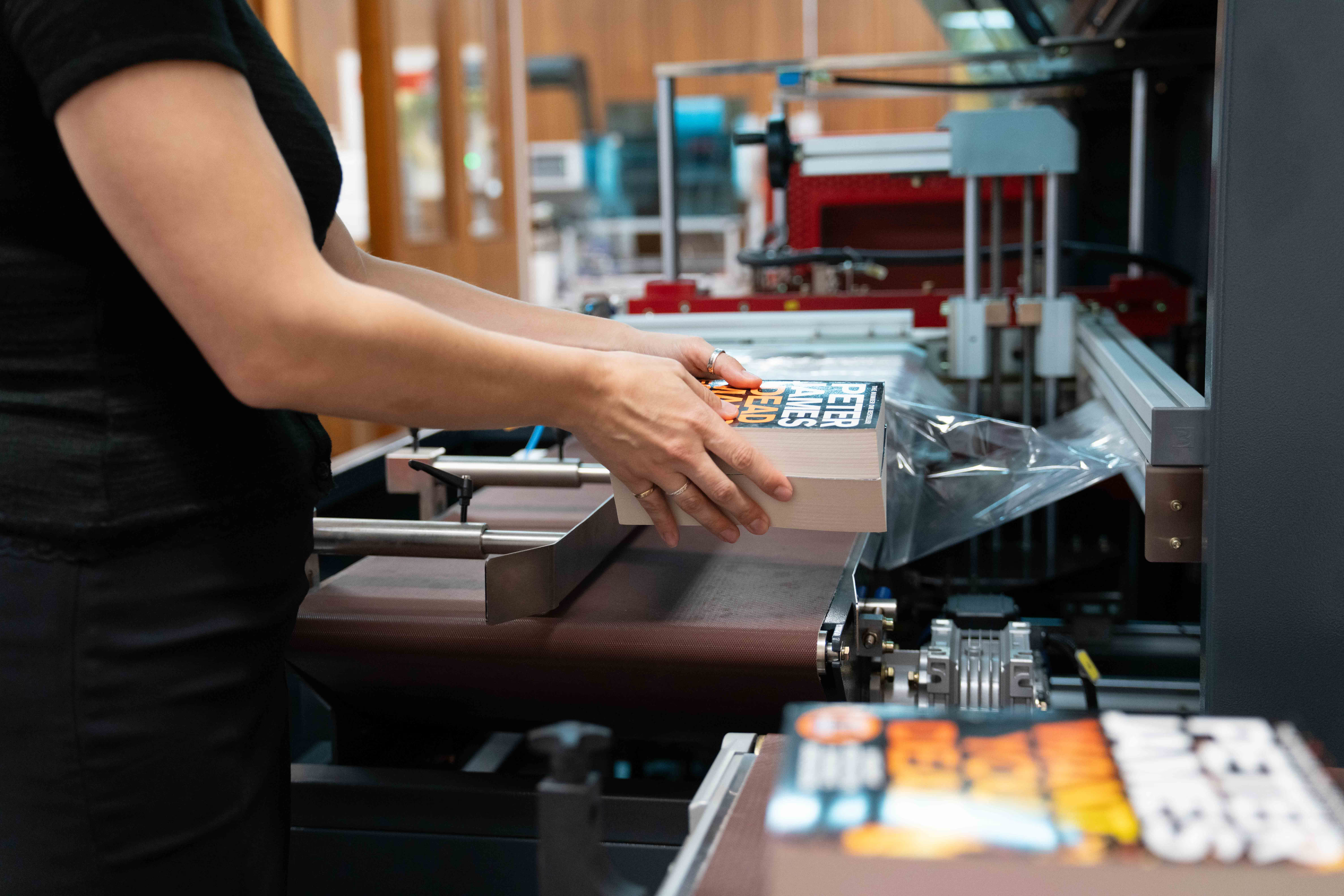
ne plus ultra
Home
Ultra Shrink Wrap Film
Speciality Bags
Banding & BOPP
Sustainability
About
Request A Quote

ne plus ultra
Home
Materials
PVC Shrink Wrap Film
Speciality Bags
Banding Film & BOPP
Sustainability
About
Request A Quote
Book A Trial
Keep up to date with the latest articles at Kempner
Stay up to date with the latest packaging insights, product launches, and industry developments from the Kempner team — explore our news articles to see what’s new and what’s next.
Discover how our shrink wrap machinery, packaging machinery and materials have helped businesses across various industries improve efficiency and performance.
Find Out More

We always aim to deliver packaging solutions to suit our customer’s needs. If you are interested in finding out more about our packaging machinery or materials then please get in contact with us. Kempner can supply:
Please contact us to discuss your packaging needs in more detail.